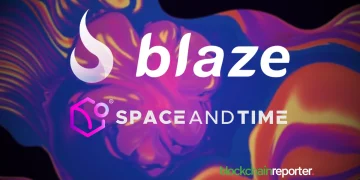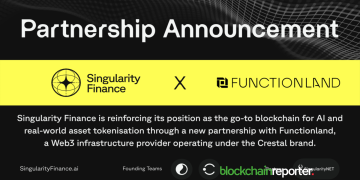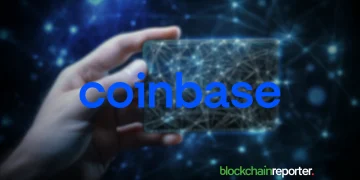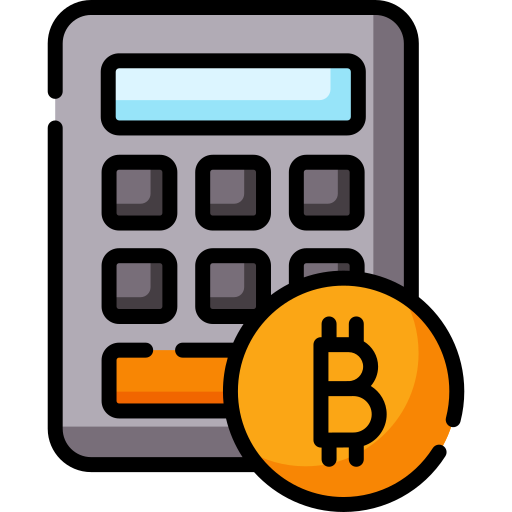Call it omnichain. Call it cross-chain. Call it multichain. Call it what you will. The desire for blockchain engineers to connect networks, enabling dapps and protocols to operate seamlessly and harmoniously has been an ongoing challenge for years now. Like any grand problem begging to be solved, it’s one that appeared to have no end in sight initially, so vast was the scope of the challenge to be undertaken and so rapidly have new networks been spawning.
And yet here we are in 2025 with interoperability if not fully solved, at the very least significantly ameliorated. It’s easier than ever to move assets between chains and to create powerful omnichain dapps without layers of complexity and hurdles galore. But while much of the technical breakthroughs have now been made, the adoption part is still being ramped up.
Some of the projects on this list, operating at the intersection of omnichain innovation and interoperability, will be familiar names. Others will be new. But as the year progresses, you’re certain to hear all five names mentioned with increasing frequency as their integrations increase and adoption grows. There are many omnichain protocols out there, but the following candidates are doing much of the heavy lifting required to keep blockchains working as one.
LayerZero
LayerZero are the engineers you call when you need direct communication channels between disparate networks. Their battle-tested architecture enables developers to build decentralized applications that operate natively across multiple chains without the cumbersome need for intermediaries; think bridges, oracles and all that jazz.
By focusing on ultra-light nodes and simplified messaging layers, LayerZero minimizes latency and reduces overhead. The result is a more efficient and secure way to share data and assets, which is ideal for applications ranging from DeFi to gaming. LayerZero’s innovative design minimizes trust assumptions and operational complexity by leveraging a combination of on- and off-chain components. This delicate balance of decentralization and performance has made it an omnichain linchpin, the fulcrum around which much of web3’s data and liquidity revolves.
Dojima Network
Dojima Network serves as an international hub that efficiently coordinates travel across airlines with different standards and regulations – but with blockchains, obviously. The omnichain protocol is engineered to integrate both Ethereum Virtual Machine (EVM) chains and non-EVM chains under a single, universal layer. By doing so, Dojima Network addresses one of the most pressing issues in the blockchain space: fragmentation due to divergent architectures and consensus mechanisms.
Dojima acts as a translator, enabling protocols that were once isolated to communicate and operate harmoniously. Its cross-chain capabilities are crucial for developers seeking to tap into the diverse functionalities offered by various blockchains without sacrificing security or performance. It may be a new kid on the blockchain, but Dojima is hungry for success, has a clear vision of where it fits into the interoperability space – the omnichain engine to connect it all – and also has a kick-ass name. It’s a potent combination.
Holograph
When you’re trading onchain – or anywhere for that matter – liquidity is king. Holograph’s protocol is designed to ensure that liquidity and asset value are preserved across blockchain networks by enabling native tokenization. This means asset issuers can mint omnichain tokens that retain their fungibility and composability regardless of the underlying network.
Holograph’s approach addresses a key barrier in cross-chain transactions: the loss of liquidity when assets are transferred between chains. By allowing tokens to be seamlessly recognized and utilized on any compatible blockchain, Holograph not only preserves asset value but also creates new opportunities for DeFi platforms and other applications that rely on liquid markets.
StakeStone
StakeStone is in the business of yield – ETH-based yield to be precise, but that doesn’t mean it’s limited to Ethereum. In fact, it provides omnichain liquidity infrastructure that enables this promise to be realized across multiple chains simultaneously and it’s had significant success so far, allowing ETH and BTC to be staked on an array of chains, allowing users to earn yield on their assets.
Using StakeStone, projects can set up staking pools on new networks and protocols, allowing their users to stake BTC or ETH and earn a return on their assets. Users can elect for instant withdrawals on any supported chain, enjoying the flexibility of zero lock-up periods. Its architecture is also compatible with numerous consensus mechanisms, making StakeStone a popular choice for emerging networks seeking a form of sustainable yield generation that will entice new users to onboard.
Radiant Capital
Radiant Capital takes omnichain functionality into the financial sphere, offering a money market that transcends traditional blockchain boundaries. With Radiant Capital, users can deposit major assets on one chain and borrow on another thanks to its innovative cross-chain borrowing and lending infrastructure. The platform’s $RDNT token embodies omnichain interoperability, issued using LayerZero’s Omnichain Fungible Token (OFT) standard and accessible on multiple networks.
Radiant Capital’s design is akin to a multi-currency banking system in the traditional financial world, where assets can be exchanged seamlessly regardless of their country of origin. In this case, the “countries” are blockchain networks, and Radiant Capital acts as the financial institution that facilitates smooth, trustless transactions between them.
Connect All the Things
The projects profiled here are addressing omnichain challenges from different angles but with a shared goal: of making multiple networks work as one. From liquidity fragmentation to complex developer experiences, they’re aiming to create a frictionless ecosystem of truly interoperable blockchains.
Omnichain protocols provide the “international language” that lets blockchains communicate and transact seamlessly. Right now, most dapps are still single-chain deployments and most protocols only serve one network. But that’s starting to change, and it’s thanks in no small part to the availability of omnichain solutions that are making it easier for developers and users to go directly from A to B. It sounds simple, but as the last three years of investment, research and development have shown, it’s been anything but.























